What is the last time you see a high-end dual GPU consumer video card? For team green it was Titan Z released back in 2014. For team red it was the Fiji based Radeon Pro Duo, not to mention that it’s technically not a consumer grade card.
Today let’s take a look at something interesting. The Radeon Pro V7350x2.
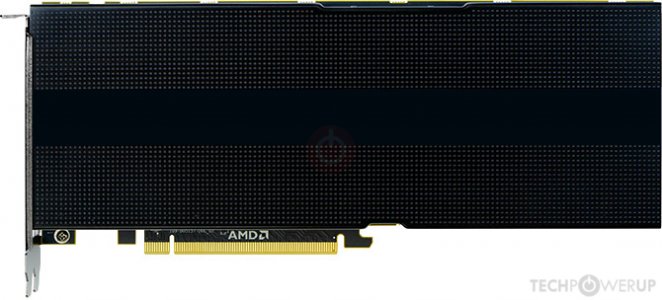
It is a dual slot, passively cooled card, with only one mini Displayport output. It is designed to be used in GPU servers with high airflow. So what is this thing? Techpowerup has this card in their database. It is a Polaris 10 based card paired with 16GB of GDDR5 memory for each GPU. That makes a total of 32GB GDDR5 memories on board.
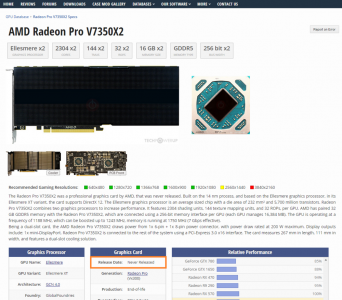
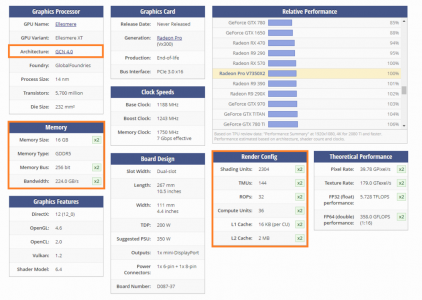
It is basically two RX580 on a single GPU. It has exactly double the specs except for the TDP. It has a 6pin and a 8pin power connector. And it’s rated at a 200W TDP. This is very impressive considering even a single Polaris 10 GPU would consume 185W of power.
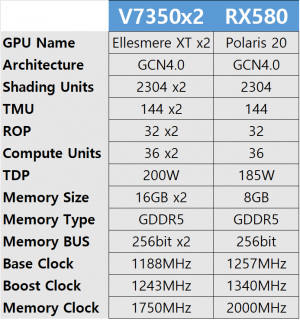
Let’s start by taking the card apart. Here is the front of the PCB. It has a very similar layout as the Polaris based Radeon Pro Duo but it has a shorter PCB. Unlike early over engineered ES cards, this cards actually looks pretty close to retail version. It has two Polaris GPU with no markings on it, at 45 degree angle.
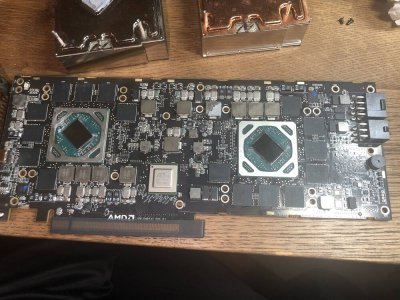
Here is the back of the PCB, the only indication of it being an Engineering Sample card is the MicroSEMI FPGA card on the back for debugging purposes.


Let’s plug it in and see if it works. To my surprise, the driver installation is pretty painless. Unless the unreleased Nvidia cards, this card works with default AMD driver without having to ticker with anything. The driver picks up the video card right away and shows the correct model in the driver panel.
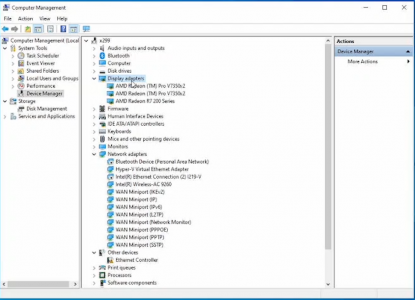

Now it’s time for benchmark. In comparison, we test it against the Titan Z, since that’s the last dual GPU consumer card Nvidia has to offer.
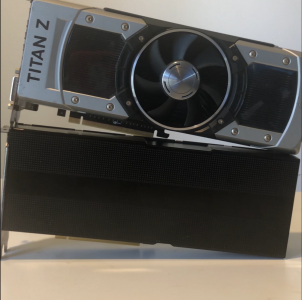
Here you can see the benchmark results. Please note, I’m not really cooling it with the appropriate way, so the result is just FYI. It is thermal throttling quite a bit.
In 3Dmark Timespy, it is about 20% faster than a Titan Z, and remember that’s with thermal throttling, according to the seller I got this card from, it is able to achieve about 1000 points higher if you cool it properly.
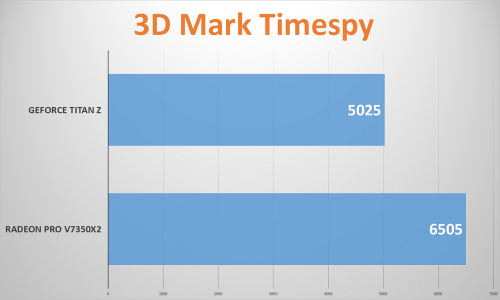
In actual game testings, it has a significant lead over Titan Z.
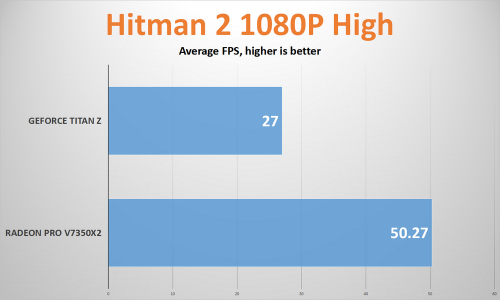
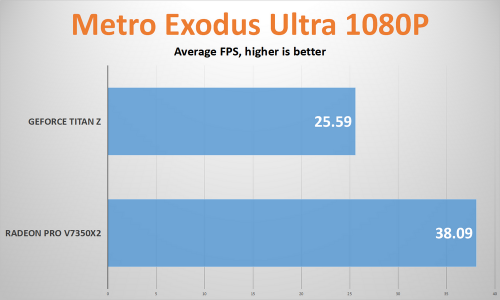
In Geekbench 5 compute testings, it almost doubles the score of Titan Z in OpenCL, but it’s still considerably slower than the GTX1080.
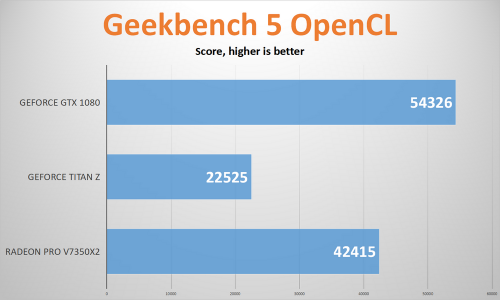
This concludes part one of the review, in the next part I will work on a better cooling solution, try to overclock it, and compare it against two RX480 cards in more professional workloads.
You can check out more about this card in this Youtube video:
Thanks for reading.
Today let’s take a look at something interesting. The Radeon Pro V7350x2.

It is a dual slot, passively cooled card, with only one mini Displayport output. It is designed to be used in GPU servers with high airflow. So what is this thing? Techpowerup has this card in their database. It is a Polaris 10 based card paired with 16GB of GDDR5 memory for each GPU. That makes a total of 32GB GDDR5 memories on board.


It is basically two RX580 on a single GPU. It has exactly double the specs except for the TDP. It has a 6pin and a 8pin power connector. And it’s rated at a 200W TDP. This is very impressive considering even a single Polaris 10 GPU would consume 185W of power.

Let’s start by taking the card apart. Here is the front of the PCB. It has a very similar layout as the Polaris based Radeon Pro Duo but it has a shorter PCB. Unlike early over engineered ES cards, this cards actually looks pretty close to retail version. It has two Polaris GPU with no markings on it, at 45 degree angle.

Here is the back of the PCB, the only indication of it being an Engineering Sample card is the MicroSEMI FPGA card on the back for debugging purposes.


Let’s plug it in and see if it works. To my surprise, the driver installation is pretty painless. Unless the unreleased Nvidia cards, this card works with default AMD driver without having to ticker with anything. The driver picks up the video card right away and shows the correct model in the driver panel.


Now it’s time for benchmark. In comparison, we test it against the Titan Z, since that’s the last dual GPU consumer card Nvidia has to offer.

Here you can see the benchmark results. Please note, I’m not really cooling it with the appropriate way, so the result is just FYI. It is thermal throttling quite a bit.
In 3Dmark Timespy, it is about 20% faster than a Titan Z, and remember that’s with thermal throttling, according to the seller I got this card from, it is able to achieve about 1000 points higher if you cool it properly.

In actual game testings, it has a significant lead over Titan Z.


In Geekbench 5 compute testings, it almost doubles the score of Titan Z in OpenCL, but it’s still considerably slower than the GTX1080.

This concludes part one of the review, in the next part I will work on a better cooling solution, try to overclock it, and compare it against two RX480 cards in more professional workloads.
You can check out more about this card in this Youtube video:
Thanks for reading.
![[H]ard|Forum](/styles/hardforum/xenforo/logo_dark.png)